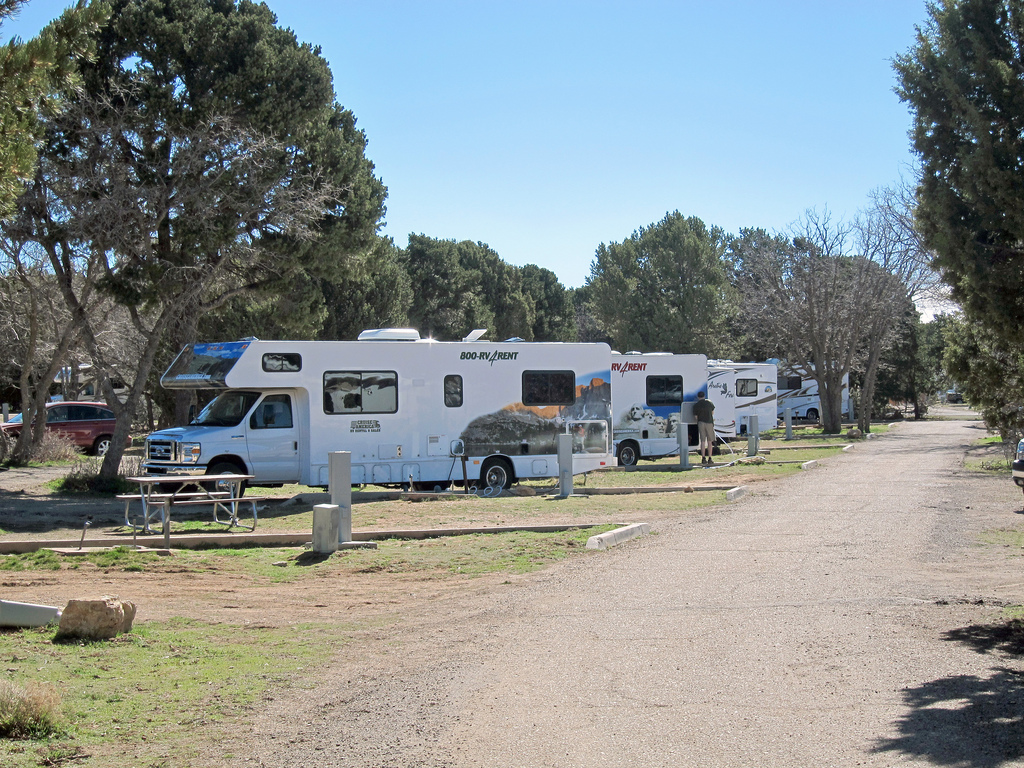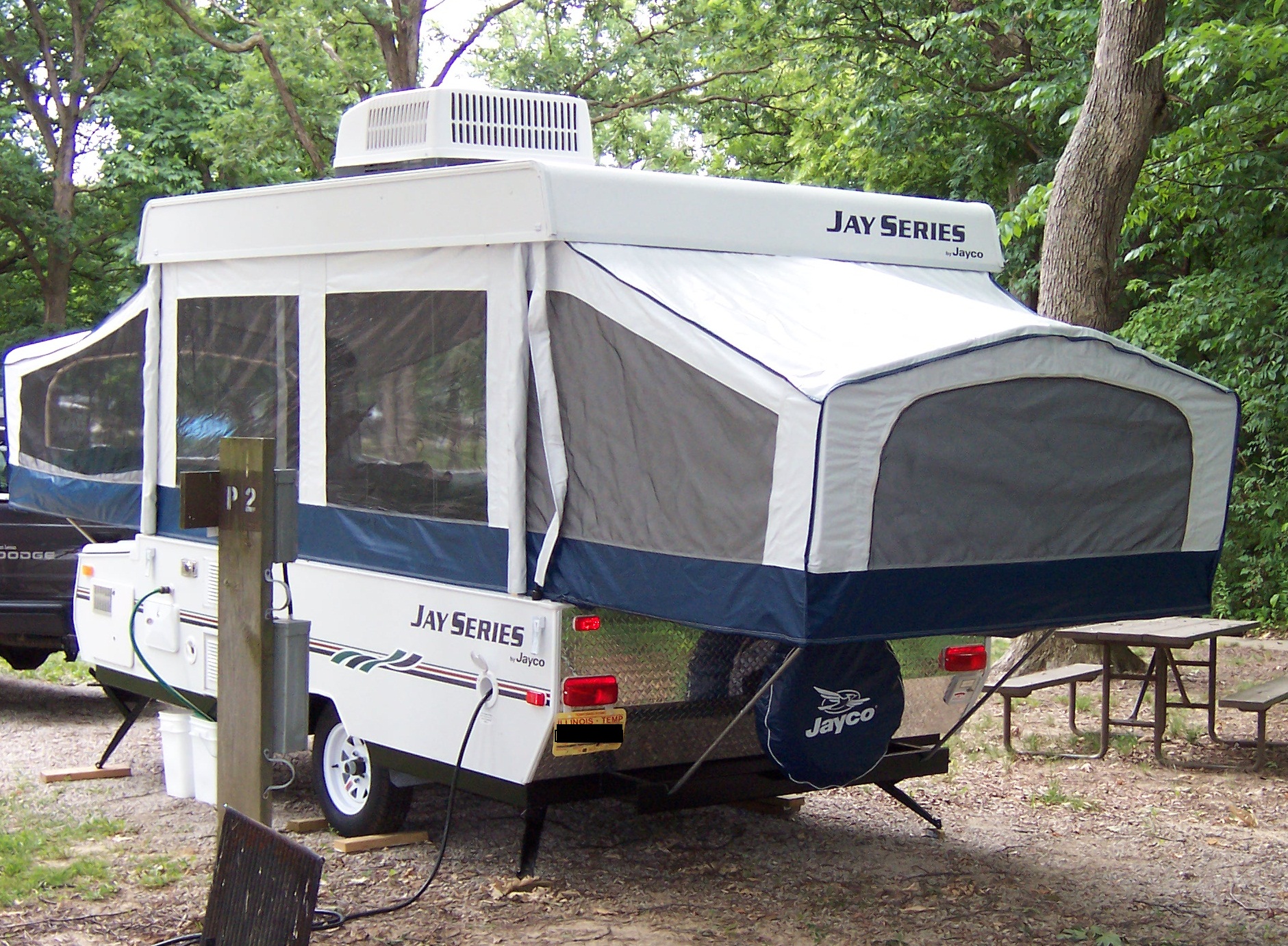
An RV is more than just a fun vehicle for the roads—it’s also a
great way to enjoy Mother Nature. So when you want to step into adventure
yourself, one of the best ways is to take your RV to a campground and enjoy the
best of both worlds: rustic natural scenery with the conveniences of home. But
if you’ve never taken your RV to a campground before, you might find yourself
wondering what will be expected of you. That’s why we’ve put together this RV
setup guide for campgrounds to help you enjoy your stay in no time.
Arrival:
Getting Ready to Camp
It all starts with arriving in two places: first, at the park or
campgrounds itself, then to your individual campsite. Here’s what you need to
know for RV setup in most campgrounds:
- Checking
in: You’re most likely camping at a park where you’ll be expected to
check-in. You may even be directed to a specific area so that the park knows
which camping sections are occupied. While you’re there, grab any available
maps for future reference. - Hook-ups: Water,
electrical, and sewage hookups might be available, depending on the site. You
can ask about these at check-in or even call ahead: it’s better to know about
the infrastructure in place sooner rather than later so you can be prepared for
your stay. - Inspection: Before
you pull in fully, you might want to get a lay of the land. Any low-hanging
branches or logs on the ground might get in the way of you pulling in your RV
safely.
These basic steps are easy and simple, but it can sometimes be
just as easy to forget them in the excitement of arriving to your
site—particularly if you’ve travelled a long way. Keep a written checklist of
these RV campground setup steps so you don’t miss anything.
Setting Up
Your Campground

Once your RV is safely in place, it’s time to hook back up to the
grid:
- Water
supply: Use your drinking water hose and hook it up to the campground
supply, making sure to double-check for any leaks in the connection. - Sewage: Make sure
you bring your own gloves to work with the sewage connections between the RV
and the campground. Your priority should be to establish a safe and secure
connection at every point. - Power: Plug in
your cord to the campground electricity supply once you’re confident that you
won’t need any electrical adapters.
One more point: if you have a sewer connection, you should be able
to connect your gray water supply to the sewer for easy drainage. If not,
you’ll need to have a plan in place and understand your RV’s gray water
capacity.
Cleaning
Up
Before leaving, you’ll want to inspect the site and all of your
connections for any faulty issues or messes that need to be cleaned. But even
more than that, now is a perfect time to inspect your RV for spot-cleaning. We
recommend keeping some handy RV cleaning products on board.
Environmentally-safe products will also help you minimize your effect on the
surrounding environment.
A good rule of thumb: leave each campground better than you found
it. It will promote a clean environment and ensure that every RV owner gets a
chance to connect with nature. We hope this RV setup guide for campgrounds
helps you to better enjoy your RV!

